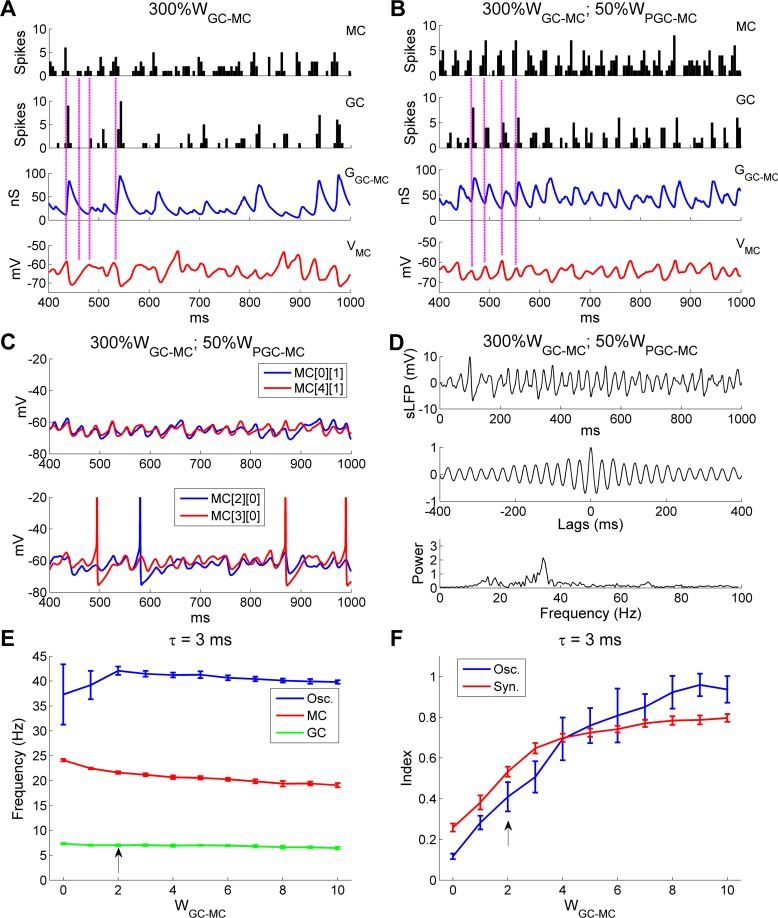Fig 10. OB gamma oscillation impairments arising from excessive GC→MC synaptic weights can be counteracted by reducing PGC inhibition of MCs.
A: Spike timing histograms of MCs (top panel) and GCs (second panel) with associated cumulative GC-mediated GABAA synaptic conductance (third panel) and MC STOs (bottom panel) when the GC→MC synaptic weight was increased threefold (300%WGC-MC). B: As in A, but with an additional 50% reduction in the PGC→MC synaptic weight (50%WPGC-MC). C: Membrane potential timeseries of two pairs of MCs during odor presentation with 300%WGC-MC and 50%WPGC-MC. D: Simulated LFP (top) during odor presentation, with autocorrelation (middle) and frequency power spectrum (bottom), with 300%WGC-MC and 50%WPGC-MC. E: Average odor-evoked MC and GC firing rates and sLFP oscillation frequency as functions of GC→MC synaptic weight when the decay time constant of the GC-mediated GABAA conductance was reduced to 3 ms (from 18 ms). F: Synchronization and oscillation indices as functions of GC→MC synaptic weight when the decay time constant of the GC-mediated GABAA conductance was reduced to 3 ms (from 18 ms). The default GC→MC synaptic weight in this study was 2 (indicated by black arrows in E, F). Error bars denote standard deviations (SD).

